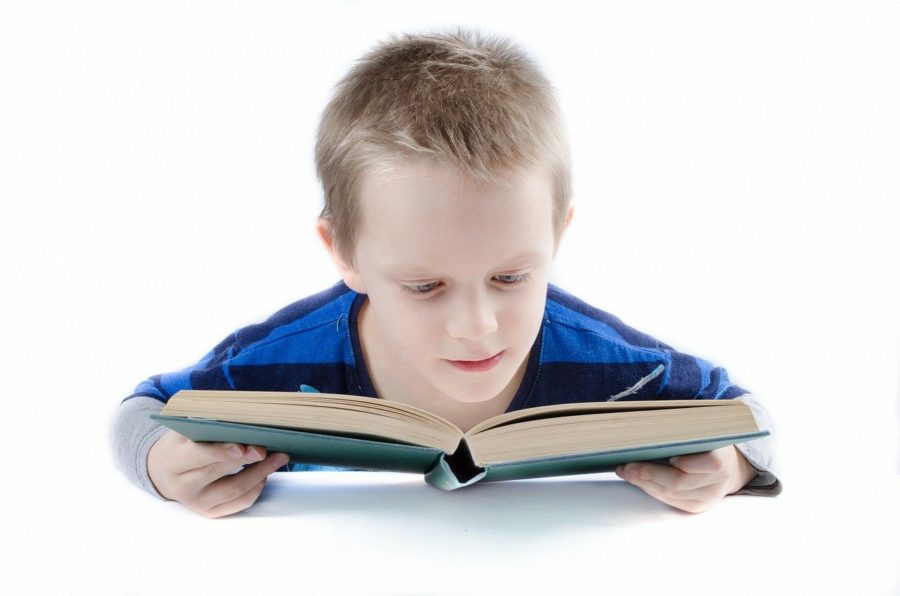Today, a child has so many distractions in the form of television, social networks, and video games. Parents find it very difficult to keep the child-focused on their studies. But there are a few methods that could make learning interesting. Keeping your child interested in the learning process can be a challenge, because of the distractions around. If it’s not the TV, it’s the iPad. Attention spans become shorter and shorter and you can ask your child about innovative ways to learn. Read on to find out Effective Learning Techniques for Teenagers.
Effective Learning Techniques for Teenagers
When your child has grown to a tween or a teen, his learning methods will also change dramatically. Here, we’ll round up a few effective learning techniques for teenagers.
1. Technology
There are a number of apps and websites available that provide a ton of knowledge.
- Using 3D apps, educational videos, sketches, models as a learning tool for visual learners could be useful. For example, the 3D heart app demonstrates the role of the heart with blood flowing through the heart chambers, which even a child in the primary class can understand very well.
- Do not use videos when your child is under 7 years of age, even if they are educational.
- Young children need stimulation in all areas of the brain, but video games or videos only stimulate the brain region that regulates visual and motion, which may make other regions responsible for learning, thought, actions and emotionless development.
2. Learning Style
- Learning styles may be generally classified as audio (auditory-musical-visual), visual, kinesthetic, verbal, logical, social, or solitary learners.
Your child will have a mix of styles with a dominant learning style. - So finding your child’s dominant learning style will help you select the best tools, techniques, or approaches to learn.

3. Project-based Learning
- If your child knows the meaning of the data or pattern analyzes, a certain amount of imaginary money is given and some company shares can be purchased (imaginary).
- Please notify him about the increases in share prices. After a month or two, the child may establish a pattern and examine why the variations occur
- A simpler project can help your child register the prices for flights over a period and try to analyze why prices fluctuate
- Another instance is figuring out how pure the water he drinks is. He may take multiple samples and analyze the samples for different purposes.

4. Games
- To learn math, use strategy games or board games or even a deck of cards.
- The concept of probability in mathematics can be taught using playing cards, for example. Write down a list of probability questions such as the likelihood of picking a black card, likelihood of picking a face card, likelihood of picking a red number card, likelihood of picking an even number, etc. Give points according to the probability value.
- Allow players to pick up cards and record the likelihood for each question and enter the points for each card. Check the points to see the winner after a few turns.
5. Mnemonics
Using mnemonics to develop mental imagery to conveniently recollect hard scientific and mathematical terminologies.
- You should use a wide variety of mnémonics where possible if your child is a visual and kinesthetic student.
- For example, to illustrate an imperial volume conversion scheme, you can use a BIG G (gallon) picturesque representation with 4 Qs (4 quarts per gallon) and 2 Ps (2 pint per quarter) with 2 Cs per Q. ( 2 cups in a pint). The pictures look like four faces surrounded by a G. Then it is simple for your child to measure the total number of cups in quart or no pints in 2 gallons or conversion of volume.
6.Create models
Inspire your child to be an inventor or provider of solutions.
- He may think about a few problems or difficulties in the everyday life after understanding a definition
- Encourage him to solve the problem through the creation of a model. For example a solution to prevent a high load of books from being taken to school, feeding the pet on time, a solution to reach the highest shelf without jumping on a chair or stalls.
- The solution may be a physical model, a painting, a show, an iMovie, or a film.
- Tell your child about the model until you are sure that the solution is available
7. Hands-on Learning
Nothing could beat hands-on experience.
- Encourage your child to experiment with it (if applicable). In the course of the experiment, teach him to follow the process in order-OBSERVE, ANALYSE, COMPARE, PREDICT, EXPLORE/EXPERIMENT, COLLECT DATA, RECORD, INTERPRET DATA, CONCLUDE
- Don’t feed him with the outcome. Encourage him to draw his own conclusions
- The outcome can be accidental due to a mistake in execution, but it can be corrected later.
- Before learning the result, let him learn to evaluate and relate what he has already discovered, and to justify his inference.
8. Travel
Every time you take a break, make sure your child learns something new.
- Your child should take photos, speak to local people to learn about their culture or customs.
- After the ride, he will focus on the knowledge by writing in a holiday journal or in his own blog.
9. Real-life Evidence
- In a real-life situation, ask your child to look for at least three facts where a term he has learned can be used.
For example, you will learn where this technique is being used if your child is learning about the reverse osmosis - The real-life connection will make learning even more important.
So, these are 9 effective learning techniques for teenagers.
It is crucial right from early school to teach your kid vital skills such as preparation, organization, strategic planning, and execution. Use these strategies to make your child’s learning enjoyable!
Also Read: How to Identify Learning Styles Of Kids













